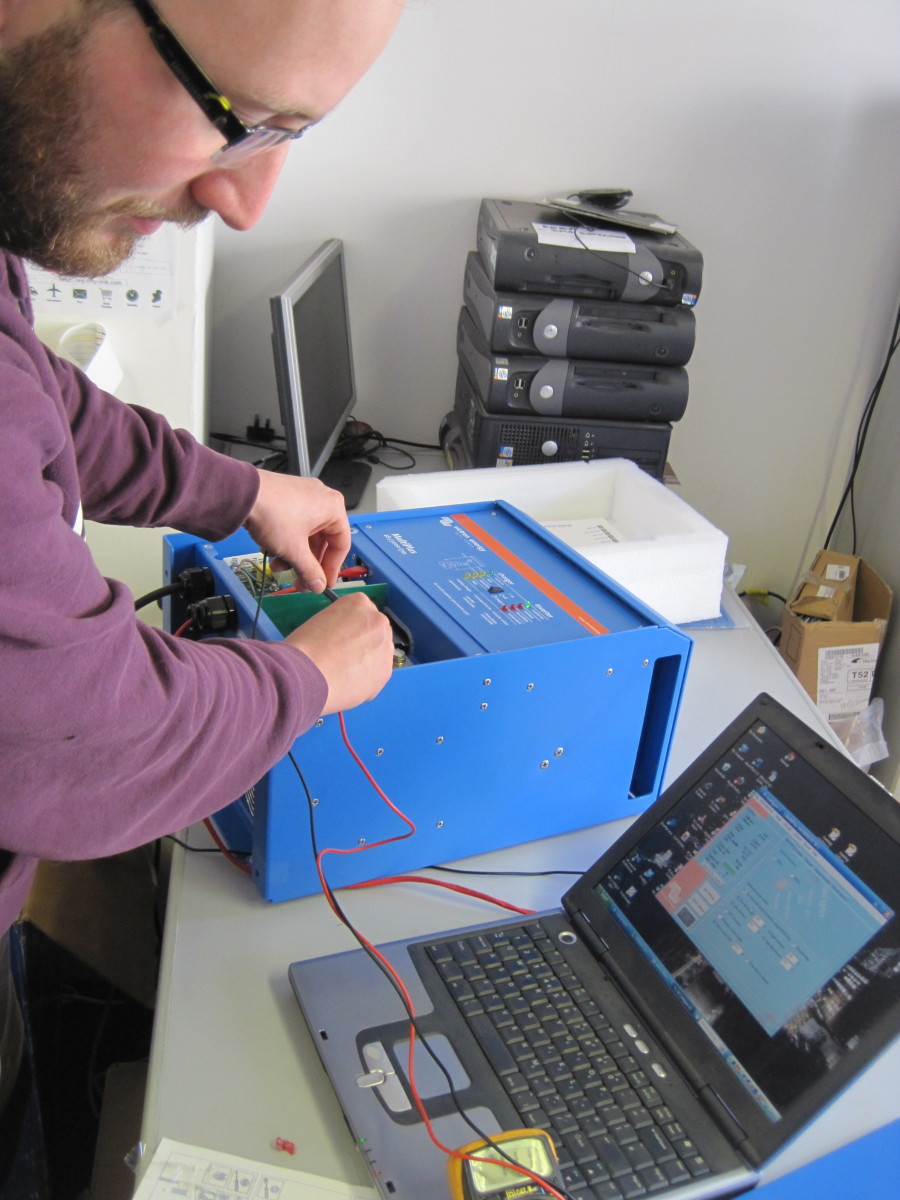An Intro to Inverters and Batteries
You should be familiar with the concept of an inverter and a battery. The pair will help you to manage hard times when there is no power supply. The inverter is capable of changing D.C power from the battery to A.C power. It works perfectly with most devices provided the battery supplies it with enough power. On the other hand, an uninterruptible power supply source (UPS), is an electrical device that provides an emergency current when power from the main fails. UPS is mostly used in computers and telecommunication to prevent data loss.
Using UPS as an Inverter
If your inverter breaks down instantly, that does not mean it is the dead-end of power flow. Provided you have a UPS, you can still recover the power flow. Guess this sounds amazing? As you may already know, a UPS has four main parts:
Rectifier (charger) Inverter Static bypass Battery
To understand how a UPS can be used as an inverter, we will consider the rectifier and the inverter.
Rectifier
The rectifier has the following functions:
Converts alternating current power (AC) to direct current power (DC). This conversion is crucial as all rechargeable batteries can only be charged using DC power. It charges the UPS battery. It prevents the UPS against sudden power increase and also voltage fluctuations. It maintains the float voltage.
Out of these functions, one can see that the UPS will be able to charge the battery appropriately. But, before we get the entire picture, let’s consider the inverter’s functions.
Inverter
The inverter’s main functions include:
Converts DC power from the battery or rectifies to AC power. The AC output is then powered to the appliances that can’t work with DC power. Filters and smooths power surge and sag to ensure the power output is a pure sine waveform.
As you can see, a UPS incorporates a rectifier and an inverter. This means it will be able to charge the battery with DC power and convert the power from the battery to AC power at the same time. This is a clear indication that it will function as an inverter. However, you need to use a battery whose capacity is high. Since an inverter is used for devices that consume a huge amount of power. Like TV. On the other hand, UPS is used for devices that require a little amount of power, like computers. Capacity refers to the amount of power stored in a battery. It is usually expressed as watt-hour (WH). The WH is the amount of power a battery can supply in a given hour. For instance, a battery that is rated 10WH has a higher than one rated 5WH. So choose one that has a higher WH value.
Key Differences: UPS vs. Inverter
Despite the fact that the UPS and inverter work for the same purpose, they do have differences. Distinguishing between them will be key in knowing how and where to use them. It is such a pleasure to have compatible devices. They will help to keep your appliances running in case the main one breaks. As you have seen, a UPS will always be there to replace the inverter when it fails. When buying power backup options, don’t leave a UPS behind. This content is accurate and true to the best of the author’s knowledge and is not meant to substitute for formal and individualized advice from a qualified professional.


